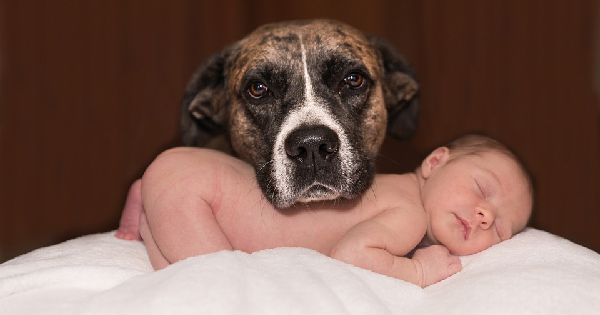Guest post written by Kevin Davies from https://petloverguy.com
Children and pets just naturally go together, right? That may be true in some instances but certainly not in all. There are many things to consider when deciding whether to adopt a pet for a child. First and foremost, realize that, as the adult, the ultimate responsibility for the pet lies with you, not your child. It’s perfectly fine to ask your child to help with pet chores as appropriate but don’t assume that your child will not need help and/or supervision in these tasks. If you wouldn’t entrust the care of your child to another child, and the same goes for an animal companion.
When choosing a pet, dogs and cats are often the first species considered. However, there are many other species of animals that make also make good animal companions. It was with interest that I read a post detailing ten pets that are not suitable when you have children featured on Babysitting Jobs. The list brings up some great points. It’s well worth the time to read through it if you have children. I would like to add a few more thoughts regarding the list.
● I agree that primates and big cats (i.e. lions, tigers, etc.) are not appropriate pets for children. In fact, these animals are not suitable as pets even in a household without children.
● Turtles certainly can and frequently do carry salmonella. If a turtle is chosen as a pet, attention to hygiene is essential. However, the same is true with any pet. Even with dogs and cats in the household, proper hygiene protocols should always be followed (frequent hand washing, etc.). Even without pets in the picture, these procedures are warranted to prevent influenza and other infections.
● Like many other species of animals, each hamster has its own personality traits. Some are more friendly by nature. The issue of their nocturnal activity having the potential to affect a child’s sleep is well-taken. As a child, my brother had hamsters as pets and this was an issue in our home also. Moving the cage into another area of the home is a potential solution to this problem that is pretty simple to implement though.
● The post mentions snakes as unsuitable pets for children also. I agree that the feeding habits of many snakes may be traumatic for some children to witness. The concerns mentioned about the ultimate size of some species is valid as well.
● Birds are not listed in the post. However, birds do not always make appropriate pets for children either. Larger bird species can cause severe injuries. Their beaks are designed for cracking nuts and seeds. Imagine the damage that beak could do an unsuspecting child that wanders too close. Smaller species of birds can be fragile and must be handled with care. Birds also have special care and diet requirements that must be met .
● Special environmental and care needs are mentioned as drawbacks for several animals on the list. However, it is important to remember that, whatever the species, parents must be able and willing to provide for that animal’s care and well-being for the entirety of the animal’s life. It’s true that some species are more difficult to care for than others. But it is never acceptable to ignore the needs of any pet. For instance, cats require environmental enrichment in the form of perches, scratching posts, toys, and more. Ignoring these needs can result in a pet that becomes bored and destructive. In some cases, the pet may even become ill and suffer as a result. Always do your homework before you bring a pet home and make sure you can meet that pet’s needs, regardless of species.
● Another important point to remember is that all young children need to be supervised by an adult when interacting with a pet, regardless of species. This is for the protection of both child and pet.
When children are involved, choosing an appropriate pet is an important consideration. There are some species that are not suitable as pets under any circumstances. However, in many cases, parents will need to take into consideration the likes and dislikes of the individual child as well as the family’s ability to care for the pet in question and the compatibility of the pet with the child.
Lastly, we always recommend to adopt, not shop, when considering an animal companion.


